Cinematography – The art of photography and camerawork in film-making.
Cinematographer – A person who oversees or directs photography and camerawork in film-making, especially one who operates the camera.
Cinematography – The art of photography and camerawork in film-making.
Cinematographer – A person who oversees or directs photography and camerawork in film-making, especially one who operates the camera.

Cinematography: the art of photography and visual storytelling in a motion picture or TV show.
Cinematographer: the person in charge of the camera and the lighting crew.
Gaffer: Person who is in charge of the electrical department
Example of diegesis: Spirited Away

Spirited Away creates such a vivid and immersive world, especially to represent how the protagonist Chihiro moves to a new, strange world; its like the audience is transported with her. The camera nearly always follows Chihiro, so the audience only experiences what she does, so they feel like they are joining her on this journey.
Example of intra-diegesis:

Children of men use a lot of intra-deigetic gaze to put the audience in the action surrounding the protagonist. This further immerses the audience in the story and the dystopian world they have created.
Example of extra-diegesis:

Deadpool purposely breaks the 4th wall with sarcastic comments in order to create comedic effect and emphasise Deadpool’s humorous nature.
Cinematography is the art of motion picture photography and filming. Cinematographers are in charge of the camera, whats in the shot, the positioning of the camera and makes what the director wants to happen happen and the cinematographer follows the directs lead.
The director of cinematography often speaks with the DoP to decide what kind of lens and focal length to use for filming, depth of filed and composition.
DIEGESIS
diegesis refers to the world of the film, there are three terms that explain the relationship between the audience and the camera – diegetic, intra- diegetic and extra- diegetic.
Diegetic perspective is how the audience is being asked to look at the content or subject on the screen
intra-diegetic when the audience are put into the place of a character and being asked to see things from their viewpoint E.G. Cloverfield
extra-diegetic is when someone on screen addresses the audience directly by looking directly into the camera, also known as “breaking the 4th wall” E.G. Deadpool
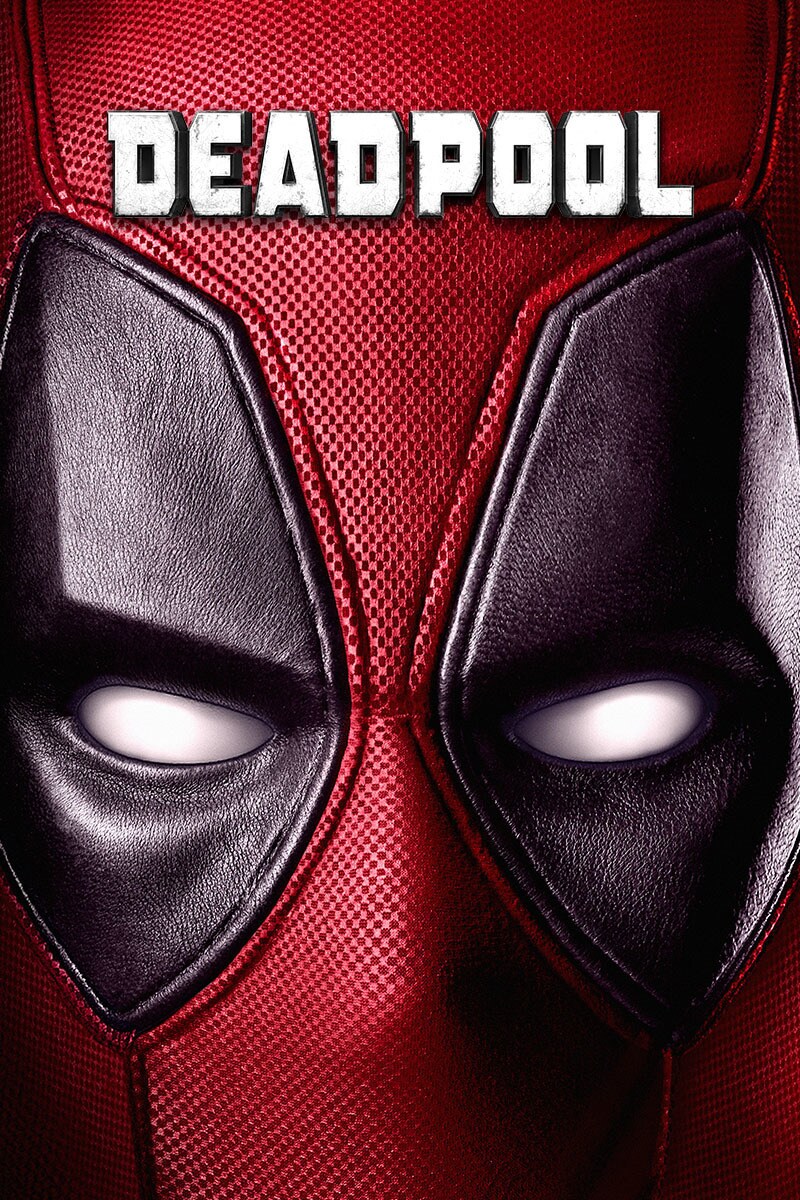
Digetic perspective – Star wars

Intra-deigetic -1917 feel like your travelling with the 2 soldiers.
Extra-digetic – The Shining where the two twins address the audience by staring directly into the camera.


deigetic: shaun of the dead

intra diegetic: Jaws

extra diegetic: Deadpool
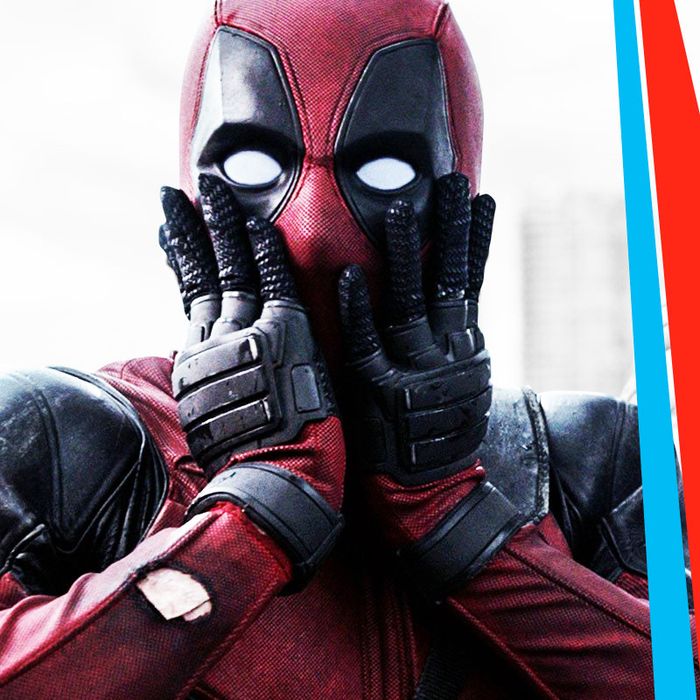
Cinematography:

This refers to the art of creating visuals and capturing moments on camera, in the process of filmmaking. Everything that appears in shot, from the camera’s perspective, are works of cinematography. From the composition to the framing, the way the camera moves, and the objects and subjects on film are staged, all cinematographic concepts.
Cinematographer:

The filmmaker in charge of cinematography is referred to as a cinematographer. Similar in nature to a director of photography, a cinematographer builds the shot, and takes charge of the lighting and staging teams. It is the cinematographer’s job to actualize the director and screenwriter’s ideas in a tangible way. Cinematographers will often become a frequent collaborator of their respective director, as they form a strong workplace rapport.
Diegesis:

A concept in cinematography which revolves around the existence, or nonexistence, of the camera in a film. The reference for this in a text would be “intra-diegetic”, where the camera does exist, and it takes the place of a subject inside the scene, becoming the new frame of focus, such as the example above of a mysterious aperture pointed at James Bond, or “extra-diegetic”, where the camera is an intangible construct which watches in on a scene, neglecting to give the perspective of any one character in a scene, even to the extreme of characters acknowledging or addressing the audience, “breaking the Fourth Wall”. A good example of extra-diegetic gaze is Christian Bale in American Psycho.
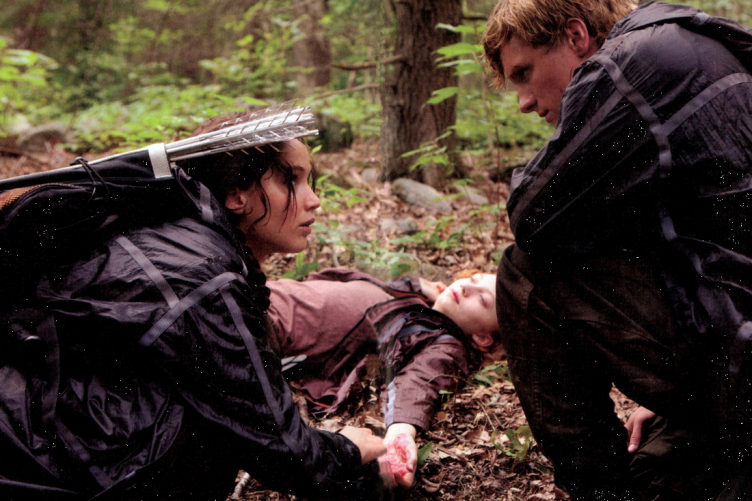
Diegesis – the telling of a story by a narrator who summarizes events in the plot and comments on the conversations, thoughts, etc., of the characters. the sphere or world in which these narrated events and other elements occur. Hunger games
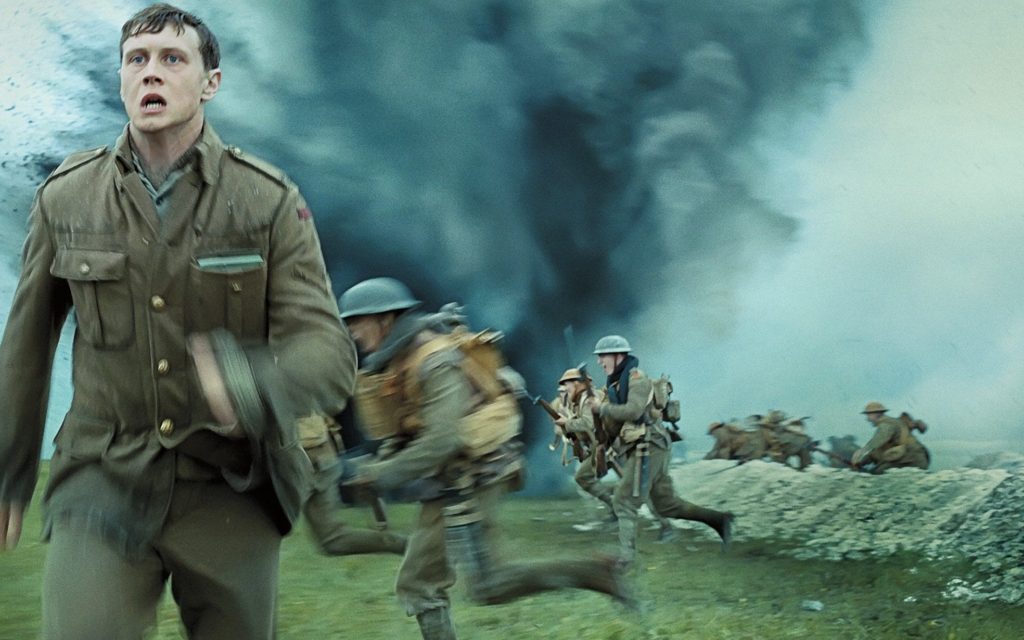
Intra- diegesis gaze– when the audience is put in the place of a character and being asked to see things from their prospective – hardcore henry
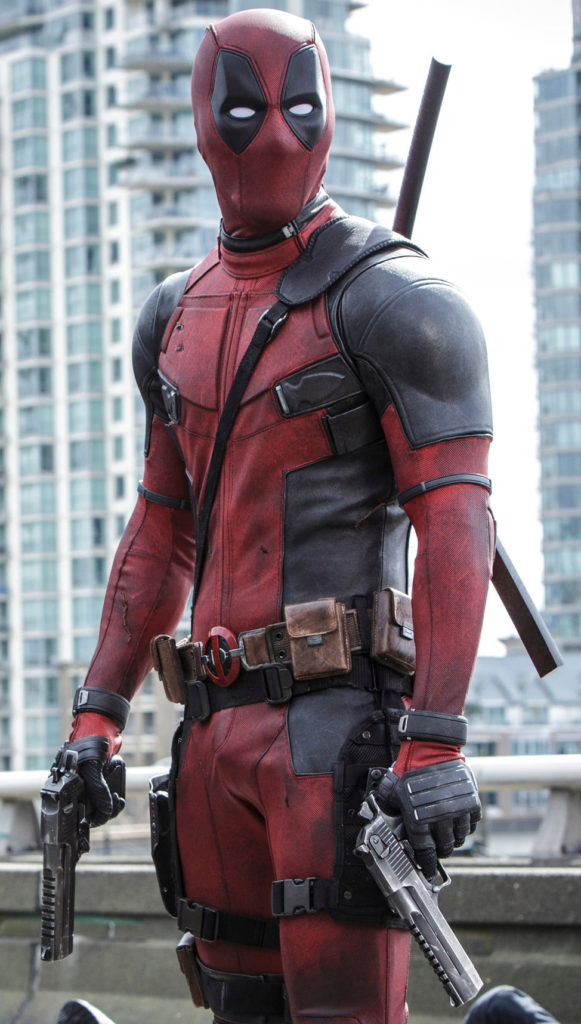
Extra- diegesis gaze – when someone on screen addresses the audience directly by looking directly down the lens of the camera- sometimes known as ‘breaking the 4th wall’.
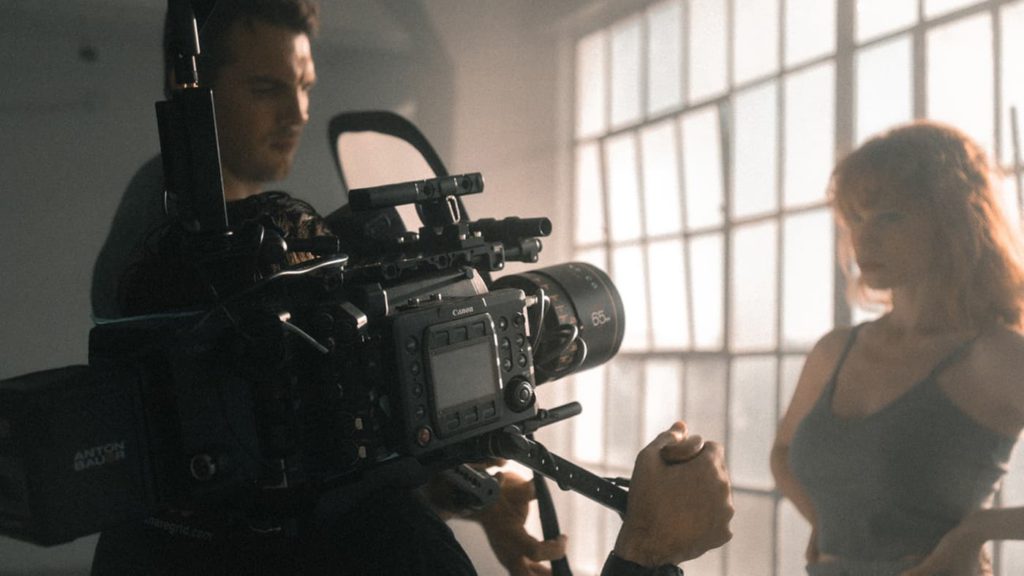
Cinematography– is the art or science of motion picture photography. It is the technique of movie photography, including both the shooting and development of the film.
Cinematographer– is the chief over the camera and light crews working on a film, television production or other live action piece and is responsible for making artistic and technical decisions related to the image.
Gaffer – A gaffer is the chief lighting technician on a set and is the head of the electrical department.
Cinematography: is the art of motion-picture photography and filming either electronically by means of an image sensor, or chemically by means of a light-sensitive material such as film stock.
Cinematographer: is the chief over the camera and light crews working on a film, television production or other live action piece and is responsible for making artistic and technical decisions related to the image.
Diegetic perspective – World War Z

Intra-diegetic – 1917
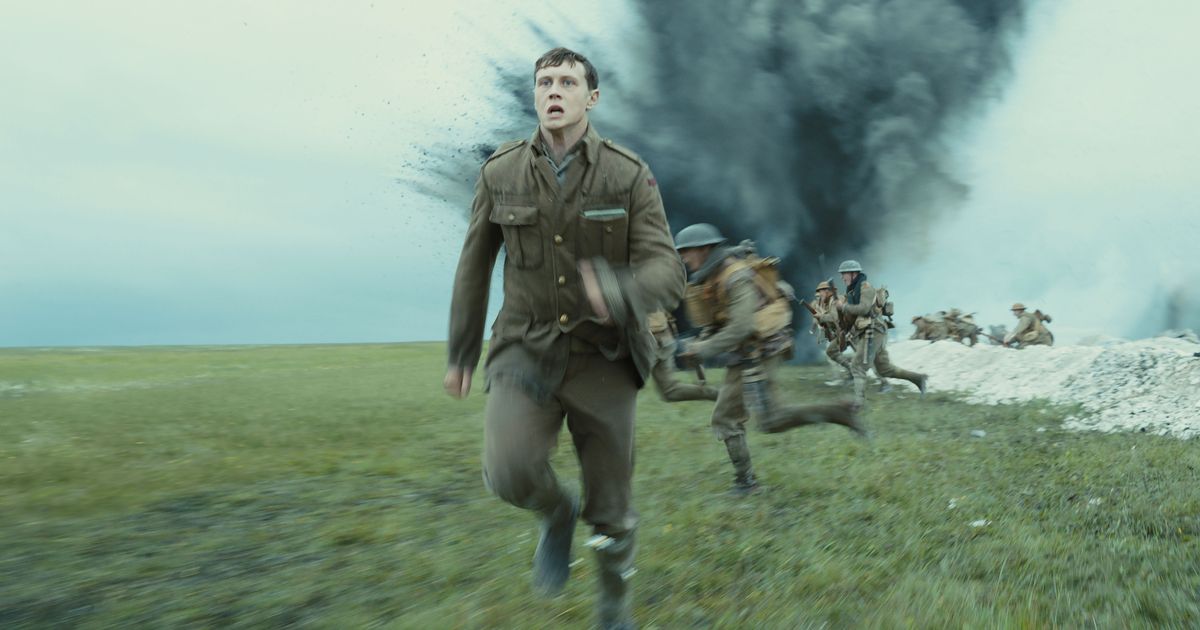
Extra-diegetic – Dead pool
